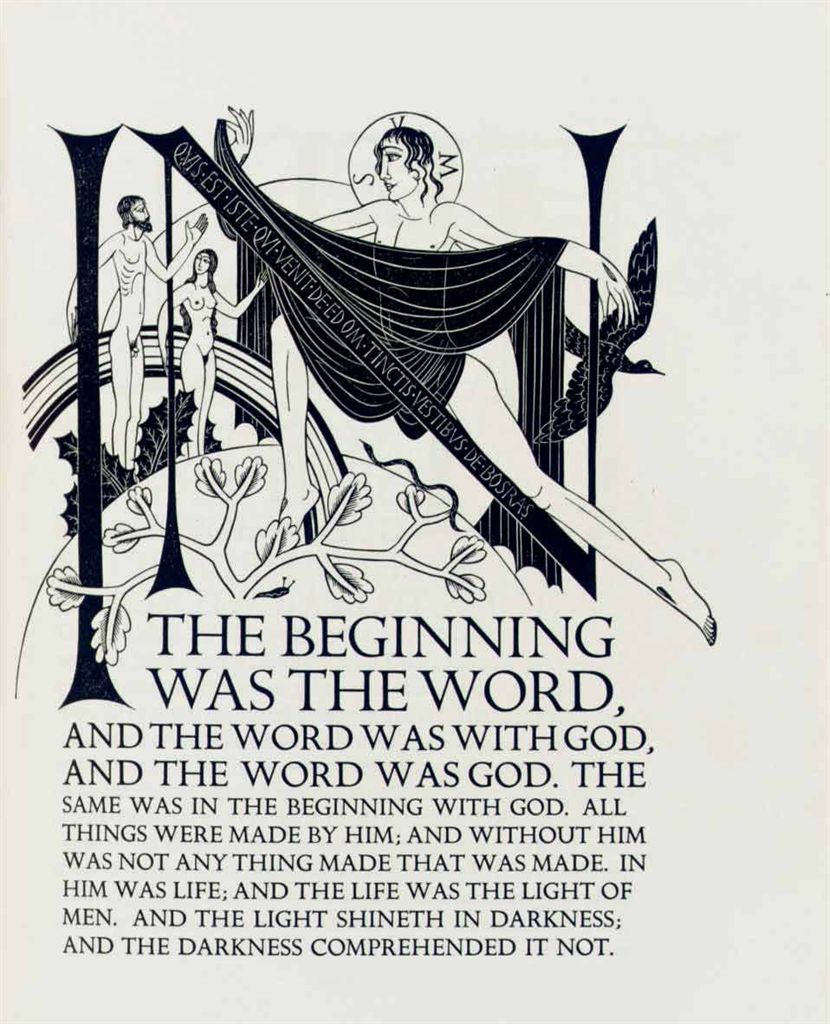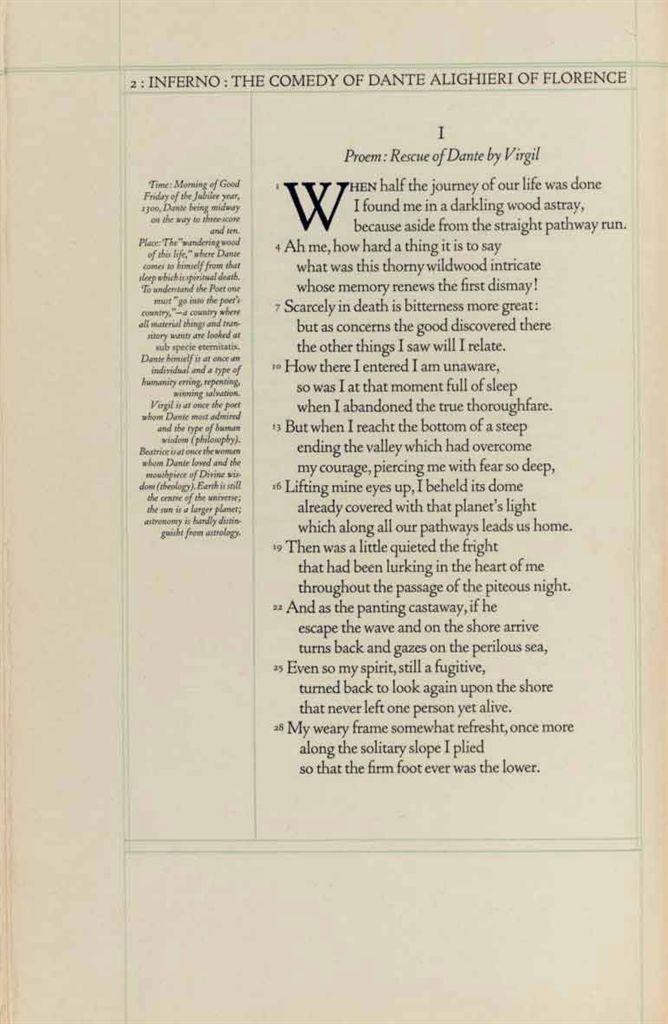WILLIS, Rev. Robert (1800-1875)]. An Attempt to Analyse the Automaton Chess Player of Mr. De Kempelen...to which is added, a copious collection of the Knight's Moves over the Chess Board . London: Howlett and Brimmer for J. Booth, 1821.
WILLIS, Rev. Robert (1800-1875)]. An Attempt to Analyse the Automaton Chess Player of Mr. De Kempelen...to which is added, a copious collection of the Knight's Moves over the Chess Board . London: Howlett and Brimmer for J. Booth, 1821. 8 o (227 x 140 mm). Half-title; 10 plates, including frontispiece. (Some scattered foxing.) Original plain brown boards, title in manuscript on front cover (rebacked, some chips at joints). Provenance : William Henry Besant (1828-1918), mathematician and lecturer (presentation inscription). Willis' daughter Margaret Elizabeth married William Henry Besant in 1861, the same year as he inscribed this copy. FIRST EDITION, PRESENTATION COPY TO HIS SON-IN-LAW, inscribed by the author on the front free endpaper: "W.H. Besant, from the author the Rev d R. Willis Oct 1861." The English academic Robert Willis was the first Cambridge professor to win widespread recognition as a mechanical engineer and his work on the mechanics of human speech. Prior to attending college, Willis invented an improvement to the harp pedal and in 1821 published this work analyzing the famous automaton chess player of Wolfgang von Kempelen. The "Mechanical Turk" or "Automaton Chess Player" was a fake chess-playing machine unveiled in 1770 by Wolfgang von Kempelen (1734-1804) to impress the Empress Maria Theresa. The mechanism appeared to be able to play a strong game of chess against a human opponent, as well as perform the knight's tour, a puzzle that requires the player to move a knight to occupy every square of a chessboard exactly once. In fact the Turk was a mechanical illusion that allowed a human chess master hiding inside to operate the machine. With a skilled operator, the Turk won most of the games played during its demonstrations around Europe and the Americas for nearly 84 years, playing and defeating many challengers including Napoleon Bonaparte and Benjamin Franklin Although many had suspected the hidden human operator, the hoax was only revealed in the 1820s, when Willis presented his findings in this work. "Among those who shared Willis' opinion and admired the 'logical reasoning' of his solution were Edgar Allen Poe and Scottish physicist Sir David Brewster In 1834 Brewster completely appropriated Willis' explanation of the chess machine, including all 11 diagrams. Brewster's redrawings...make crisp and consistent visual distinctions: line for the revealed, darkened silhouette for the concealed. Effectively layering the information, the line-drawing remains visible against the finer vertical lines of the silhouette, a technique also used in maps for carrying multiple layers of data" (Tufte, Visual Explanations , p. 67).
WILLIS, Rev. Robert (1800-1875)]. An Attempt to Analyse the Automaton Chess Player of Mr. De Kempelen...to which is added, a copious collection of the Knight's Moves over the Chess Board . London: Howlett and Brimmer for J. Booth, 1821.
WILLIS, Rev. Robert (1800-1875)]. An Attempt to Analyse the Automaton Chess Player of Mr. De Kempelen...to which is added, a copious collection of the Knight's Moves over the Chess Board . London: Howlett and Brimmer for J. Booth, 1821. 8 o (227 x 140 mm). Half-title; 10 plates, including frontispiece. (Some scattered foxing.) Original plain brown boards, title in manuscript on front cover (rebacked, some chips at joints). Provenance : William Henry Besant (1828-1918), mathematician and lecturer (presentation inscription). Willis' daughter Margaret Elizabeth married William Henry Besant in 1861, the same year as he inscribed this copy. FIRST EDITION, PRESENTATION COPY TO HIS SON-IN-LAW, inscribed by the author on the front free endpaper: "W.H. Besant, from the author the Rev d R. Willis Oct 1861." The English academic Robert Willis was the first Cambridge professor to win widespread recognition as a mechanical engineer and his work on the mechanics of human speech. Prior to attending college, Willis invented an improvement to the harp pedal and in 1821 published this work analyzing the famous automaton chess player of Wolfgang von Kempelen. The "Mechanical Turk" or "Automaton Chess Player" was a fake chess-playing machine unveiled in 1770 by Wolfgang von Kempelen (1734-1804) to impress the Empress Maria Theresa. The mechanism appeared to be able to play a strong game of chess against a human opponent, as well as perform the knight's tour, a puzzle that requires the player to move a knight to occupy every square of a chessboard exactly once. In fact the Turk was a mechanical illusion that allowed a human chess master hiding inside to operate the machine. With a skilled operator, the Turk won most of the games played during its demonstrations around Europe and the Americas for nearly 84 years, playing and defeating many challengers including Napoleon Bonaparte and Benjamin Franklin Although many had suspected the hidden human operator, the hoax was only revealed in the 1820s, when Willis presented his findings in this work. "Among those who shared Willis' opinion and admired the 'logical reasoning' of his solution were Edgar Allen Poe and Scottish physicist Sir David Brewster In 1834 Brewster completely appropriated Willis' explanation of the chess machine, including all 11 diagrams. Brewster's redrawings...make crisp and consistent visual distinctions: line for the revealed, darkened silhouette for the concealed. Effectively layering the information, the line-drawing remains visible against the finer vertical lines of the silhouette, a technique also used in maps for carrying multiple layers of data" (Tufte, Visual Explanations , p. 67).















Try LotSearch and its premium features for 7 days - without any costs!
Be notified automatically about new items in upcoming auctions.
Create an alert